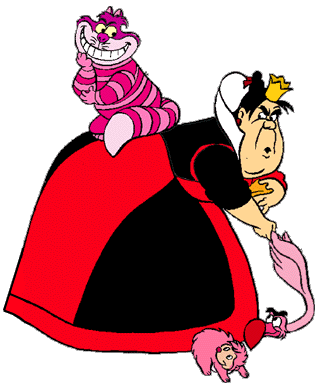1st Playing Cards are the first of its kind. “1st” representing my very first solo venture in to the playing card industry but also representing the first comments I get on various platforms from supporters around the world. It’s representative of what I’ve grown in to, what I love and how I see the community that I live in. Description 1st Playing Cards V4 was made with a purposeful minimalistic style to emulate products and tools found aboard a space ship. We’ve however, spared no expense on the quality of the cards. Included: 52 Playing cards. 1st Playing Cards Signed Set (V1 & V2) by Chris Ramsay $ 450.00 Buy in monthly payments with Affirm on orders over $50. These Playing Cards are made with the highest quality stock by the United States Playing Card Company. Crushed and Air Cushioned finish. The tuck case is made of smooth paper that feels like velvet with a gold foil ring rapping around and 1ST debossed and cut out in the front of the deck.
When were numbers and letters put on playing cards?
1st Playing Cards V2 Chris Ramsay
Bill Calloway
Wilmington, Delaware
1st Playing Cards Shop
I contacted an old friend, Dr. Lafitte, an expert on the history of cards and gambling, and this is what he had to say: “To begin with, the ‘letters and numbers’ are called indexes, and in the brief history of indexes, there were two basic sizes. The first size was fairly small; all a person had to do was to barely fan the cards to see the indexes. Because one only needed to give the cards a slight squeeze to see the index, they were nicknamed ‘squeezers.’ They were a novelty at first, but their popularity increased by the early 1870s. One of the early popular squeezers was a deck called either the ‘Lone Star’ or ‘Texas Lone Star’ deck because of a large star on the back of the cards (circa 1870-75). How small was the index? Just look at the index of today’s playing card—look just at the number, not the suit symbol—now visualize a complete index slightly smaller than that.
“The second size is the one we are familiar with today. A number of playing card companies claim to have created it. I have a Grover Cleveland Presidential Deck (1888, if I’m not mistaken), and that has an index almost the size of a modern-day index. It wasn’t until the turn of the 20th century that today’s indexes became popular.”
Related Posts
If you want to see history as it was more than a century ago, Deadwood,…
If you want to see history as it was more than a century ago, Deadwood,…
A strange card game decided the fate of six Apache warriors, captured by U.S. troops…
First Playing Cards
When were numbers and letters put on playing cards?

Bill Calloway
Wilmington, Delaware
I contacted an old friend, Dr. Lafitte, an expert on the history of cards and gambling, and this is what he had to say: “To begin with, the ‘letters and numbers’ are called indexes, and in the brief history of indexes, there were two basic sizes. The first size was fairly small; all a person had to do was to barely fan the cards to see the indexes. Because one only needed to give the cards a slight squeeze to see the index, they were nicknamed ‘squeezers.’ They were a novelty at first, but their popularity increased by the early 1870s. One of the early popular squeezers was a deck called either the ‘Lone Star’ or ‘Texas Lone Star’ deck because of a large star on the back of the cards (circa 1870-75). How small was the index? Just look at the index of today’s playing card—look just at the number, not the suit symbol—now visualize a complete index slightly smaller than that.
“The second size is the one we are familiar with today. A number of playing card companies claim to have created it. I have a Grover Cleveland Presidential Deck (1888, if I’m not mistaken), and that has an index almost the size of a modern-day index. It wasn’t until the turn of the 20th century that today’s indexes became popular.”
Related Posts
If you want to see history as it was more than a century ago, Deadwood,…
If you want to see history as it was more than a century ago, Deadwood,…
A strange card game decided the fate of six Apache warriors, captured by U.S. troops…